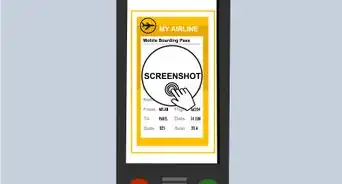This article was co-authored by Laura Krueger & Michelle Donson. Laura Krueger (right) and Michelle Donson (left) are Travel Specialists and the Founders of LM Media Worldwide, a free service that sources and negotiates contracts for hotel rooms and meeting space needs. With a combined 30 years of experience, they specialize in hospitality sales, contract and rate negotiations, room reservations, and wedding planning. Laura holds a BS in Business Management with High Honors from Rutgers University and has directed several sales teams, negotiated thousands of contracts, and consistently exceeded national sales goals for hotel chains such as Wyndham, Radisson, and Starwood. Michelle holds a BS in Hospitality Management from the University of Delaware and has worked in group sales and banqueting for Marriott and directed several sales teams with InterContinental Hotel Group, Wyndham, and Starwood. Michelle has also earned the prestigious “Salesperson of the Year” award twice consecutively for Wyndham Hotel Group’s national sales team. LM Media Worldwide is trusted by Kleinfeld Hotel Blocks, Marriott, Rosewood Hotels & Resorts, Melia Hotels & Resorts, Gaylord Hotels, Kimpton Hotels & Restaurants, Wyndham Hotel Group, and Mandarin Oriental Hotel Group.
There are 14 references cited in this article, which can be found at the bottom of the page.
wikiHow marks an article as reader-approved once it receives enough positive feedback. In this case, 90% of readers who voted found the article helpful, earning it our reader-approved status.
This article has been viewed 707,538 times.
Direct flights are wonderful, but sometimes there isn’t a direct flight to your destination available (or there is but it’s more expensive). If you need to change planes for a connecting flight, you’re probably wondering about the logistics of checking your luggage, navigating a busy airport, and making it to your connecting flight on time. Don’t worry—this article will walk you through everything you need to know to ensure you make it on the plane and your belongings arrive safe and sound!
Steps
Planning in Advance
-
1Check your itinerary. Your booking information usually doesn't say whether you change planes at each stop. Look for the following information to track your journey:[1] [2]
- A direct flight will list the same flight number for each leg of your journey. Traditionally this means a single plane, but many "direct" flights now require you to change planes. Check with the airline to confirm.
- A connecting flight uses different flight numbers for each leg. You will have to change planes.
-
2Find an airport map. Most airport websites have a printable map. Stash this in your carry on luggage to save yourself time looking for your gate. In-flight magazines usually have some airport maps printed near the back, but these may only include the largest hubs.
- If there's a separate map for each terminal, print every one. You may need to change terminals.
Advertisement -
3Estimate the connection time. You can sometimes find this information on the airport website or from your travel agent (if you have one).[3] If official numbers aren't available, get a rough estimate:[4] [5]
- When transferring from a domestic to domestic flight, allow 60 minutes. A 45 minute layover is risky, but doable if the first flight is short and the two flights are run by the same airline.
- Allow at least 2 hours if landing in another country, or if transferring from a domestic flight to an international one. A layover shorter than 90 minutes is very risky.
- Depending on where you're traveling from, you may have to re-check in for your connecting flight.[6]
- Add 30 minutes if you have gate-checked items (strollers) or limited mobility, if you are traveling at peak travel times, or if your layover airport has stormy or wintry weather.
- Always give yourself additional time just in case. Airports can be tricky to navigate.[7]
-
4Plan around short connections. If your connection is shorter than the recommended amount, take steps to make it run smoothly. You can rebook your flight for a fee, or take these less drastic measures:
- Choose an aisle seat as close to the front of the plane as possible, so you can disembark first.
- Strongly consider bringing carry-on luggage only, so you don't have to pick up checked baggage. (Domestic/International transfers only.)
- Download a smartphone app to track flight delays while you're in the air.
-
5Confirm your checked luggage logistics. For domestic flights, your checked luggage is almost always sent to your final destination. On some international flights, especially flights that land in the United States or Canada, you'll need to pick up your luggage and check it in again.[8] Just to make sure, ask the airport staff checking your luggage for details.
- If you made separate purchases for the two flights, you'll usually have to pick up your luggage during the connection.[9]
- Many European countries are in the "Schengen zone." Flights between two countries in the Schengen zone do not require you to go through customs, and usually don't require you to pick up luggage. You'll still have to go through security.[10]
-
6Check visa requirements. If you are passing through a foreign country en route to a different destination you might still need a "transit visa." Look up a nearby embassy for the second country, and check their website for information.
- If you are passing through the US, check this website for more information. If your country appears on the Visa Waiver Program list, you do not need a visa.
-
7Order wheelchair assistance if necessary. If you or a traveling companion has limited mobility, consider asking for a wheelchair at your connection. Contact the airline you purchased your ticket from to arrange this.
- If you've forgotten to do this in advance, ask a flight attendant on your first flight as soon as you can. If you wait too long, the wheelchair may not be ready for you on arrival.
- In some countries, it's polite to tip the porter pushing the wheelchair. A suggested amount is US$10 in US airports, or £2 in the UK.
Preparing to Disembark
-
1Listen for announcements during your flight. The pilot or flight attendants will sometimes announce gate changes near the end of the flight, or while you are taxiing to the gate.
-
2Collect your carry on items. If your connection is tight, gather your carry-on items before the seat belt sign goes on for the descent.
-
3Gather your documents. Get out your boarding pass for the next flight, plus your passport and customs form if traveling internationally. Stash these in a secure but easily accessible location, such as a purse or inside coat pocket.
-
4Ask to move closer to the front. If your flight is delayed and it looks like you might not make a connection, ask the flight attendant to help you switch seats for the last few minutes before descent.[11] Moving from the back to the front of the plane can save you 10–15 minutes.
- You can also ask your fellow passengers directly, but remember you're asking for a favor. Be polite, and do not try this when you have plenty of connection time.
- The descent can begin 30 minutes before landing. Don't wait until the last minute to ask, or you'll get stuck where you are.
Catching the Next Flight
-
1Find your gate number. The first thing to do after getting off the plane is to find your next gate number. Do not assume the gate number on your boarding pass is correct, as flights often change gates. Instead, find a television monitor labeled Departures. Find the flight number listed on your boarding pass, and write down the gate number.
- If you're in a rush, ask the flight attendants standing at the gate as soon as you disembark. They can often tell you the gate number and exact directions.
-
2Pick up your luggage if necessary. You usually do not need to pick up your checked luggage unless you have just made an international flight, or if you purchased the two tickets separately. If you're certain you need to pick it up, do so as fast as possible. The baggage claim is often on the other side of security, so it can take a long time to pick it up and get back in.
- After picking up your luggage, check it in again at the ticket counter for the airline operating the next leg of your flight.
-
3Go through customs and security if necessary. If you just completed an international flight, follow the signs to customs. The customs area is usually divided into two lines, one for citizens and one for non-citizens. Stand in the line that matches your passport. You may also need to go through a security screening, depending on the airport.
- If there is a long line and you're running out of time, politely ask an airport employee whether you can go through a priority line so you can catch your flight. They will not always say yes, but it's worth a try.[12]
- Stay calm and cooperative, even if the official puts you through additional screening. Rude responses or pleading will usually just slow down the process.
-
4Find your gate. Even if you have plenty of time, walk to your gate right away. Don't be afraid to ask directions from an information desk, or from any airport staff.
- If you are transferring from an international to a domestic flight or vice versa, you will probably change terminals. If this involves a shuttle ride, it might take as long as 10–20 minutes.
-
5Relax. If you have time to spare, you do not need to stay at your gate the whole time. Most airports have restaurants, shops, and art exhibits. Just make sure you keep track of the time and keep track of how to get back to your gate.
- Keep your luggage with you at all times.
-
6Return to your gate with plenty of time. The exact boarding time is usually listed on your boarding pass. If it is not, get to your gate 30 minutes before the listed departure time.
-
7Contact the airline if you miss your flight. If you miss your connection, immediately phone the airline. The airline contact info is usually on your boarding pass, but for faster results contact its local representative at your current airport.[13] You can find this number on the airport website, or by asking at an information desk.
- If you do not have phone service, ask for a courtesy phone at the information desk. If you cannot find a phone, visit the ticket counter for the airline you arrived on instead.
-
8Arrange a plan with your airline. If you missed your flight because of the airline's fault, such as a delayed flight or an unreasonably short connection time, it is the airline's responsibility to get you to your destination. This is not true if you booked your two flights separately, or if you missed the flight due to your own mistakes — but most airlines are willing to compromise a little.[14] Do not hesitate to ask for the following, calmly and politely:
- Free standby on the next flight. Many airlines will grant this for any reason, if you ask no more than 2 hours after your scheduled departure. Standby passengers only get on the flight if there is an empty seat, or if someone agrees to give up theirs.
- If your travel is urgent, ask the airline how likely it is that you'll get on with standby. If chances are low, ask for a reduced price guaranteed ticket on the next flight. (Not always available.)
- Voucher for food and a hotel room, if you are forced to wait overnight. (Unlikely if the airline was not at fault.)
- Free phone call to a contact at your destination, if you don't have a phone.
Community Q&A
-
QuestionCan I leave the airport if I have around 3 hrs time for the next connecting flight?
 Community AnswerYou could, but I would advise you not to. If you leave the airport, you will have to go back through security on reentry and there's no way of knowing how long that process will take.
Community AnswerYou could, but I would advise you not to. If you leave the airport, you will have to go back through security on reentry and there's no way of knowing how long that process will take. -
QuestionCan I get someone to help me through both airports so I don't get lost?
 Community AnswerYou can ask for help at the airport. There are people appointed to help the travelers have a hassle-free journey.
Community AnswerYou can ask for help at the airport. There are people appointed to help the travelers have a hassle-free journey. -
QuestionIf I have connecting flights on two different airlines, do I have to check in on each one separately?
 Community AnswerThe answer to this will depend on whether or not these two terminals for different airlines are connected directly via an interior hallway (e.g., Albany (NY) International Airport) or if you will need to exit the one terminal and enter the other because there is no connecting hallway (such as at Los Angeles International or John F Kennedy International Airport). If there is a hallway that connects the terminals, you won't have to pass out of one and pass into the other. However, if they don't you'll be forced to pass out of one and into the other, through the Security checkpoint. Check with staff there, if you are unsure to see if they have other methods for getting there.
Community AnswerThe answer to this will depend on whether or not these two terminals for different airlines are connected directly via an interior hallway (e.g., Albany (NY) International Airport) or if you will need to exit the one terminal and enter the other because there is no connecting hallway (such as at Los Angeles International or John F Kennedy International Airport). If there is a hallway that connects the terminals, you won't have to pass out of one and pass into the other. However, if they don't you'll be forced to pass out of one and into the other, through the Security checkpoint. Check with staff there, if you are unsure to see if they have other methods for getting there.
Warnings
- Don't stop for food if you have a short turnaround. Find your gate first, and then decide if you have time to purchase something.[16]⧼thumbs_response⧽
- Allow extra time when arriving at the following US airports, which have unusually bad on-time arrival percentages: ORD, SFO, EWR, LGA, and FLL.[17]⧼thumbs_response⧽
References
- ↑ http://travelskills.com/2014/09/30/big-difference-direct-nonstop-flights/
- ↑ https://www.cheapair.com/help/flights/what-is-the-difference-between-non-stop-and-direct-flights/
- ↑ http://www.smartertravel.com/travel-advice/tight-airport-connections-what-you-need-to-know-about-making-connecting-flight.html?id=24735178
- ↑ http://www.smartertravel.com/travel-advice/minimum-connection-times-for-international-flights.html?id=3335086
- ↑ http://traveltips.usatoday.com/minimum-time-should-allow-layovers-109029.html
- ↑ Laura Krueger & Michelle Donson. Travel Specialists. Expert Interview. 30 September 2020.
- ↑ Laura Krueger & Michelle Donson. Travel Specialists. Expert Interview. 30 September 2020.
- ↑ http://travel-made-simple.com/how-do-layovers-work/
- ↑ https://www.cheapair.com/help/flights/what-happens-to-my-checked-baggage-when-i-change-planes/
- ↑ http://travel-made-simple.com/understanding-schengen-zone/
- ↑ http://www.usatoday.com/story/travel/flights/2013/10/03/tight-airport-connections-advice/2908643/
- ↑ http://thepointsguy.com/2012/08/travel-tuesday-top-10-ways-to-get-through-airport-security-faster/
- ↑ http://www.fareboom.com/News/Details/1002622/-ive-missed-my-flight-heres-what-to-do
- ↑ http://thepointsguy.com/2015/05/missing-a-flight/
- ↑ Laura Krueger & Michelle Donson. Travel Specialists. Expert Interview. 30 September 2020.
- ↑ Laura Krueger & Michelle Donson. Travel Specialists. Expert Interview. 30 September 2020.
- ↑ http://www.rita.dot.gov/bts/subject_areas/airline_information/airline_ontime_tables/2014_12/table_03
About This Article
To change planes for a connecting flight, start by asking a flight attendant on your flight or reviewing the Departures board in the airport to find your departure gate number. Then, if your luggage hasn’t been checked through to your final destination, pick it up from baggage claim and go back through security. After that, make your way to your gate at least 30 minutes before your flight is scheduled to depart. Once you’re in the gate area, listen for boarding announcements and follow the airline attendant's instructions. For more tips, including how to handle missed connections, keep reading!

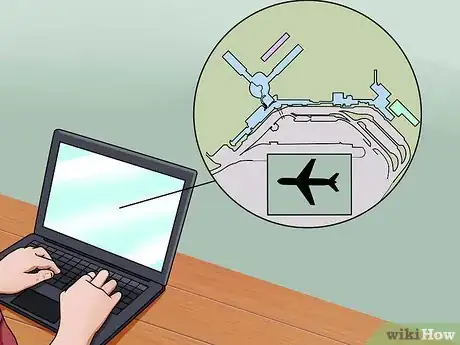


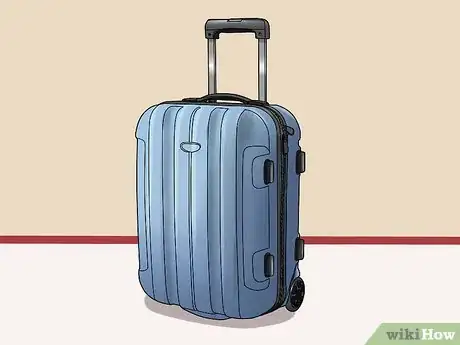

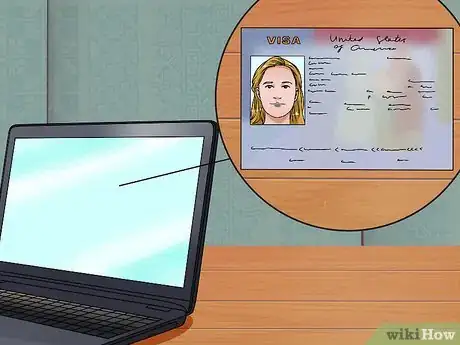
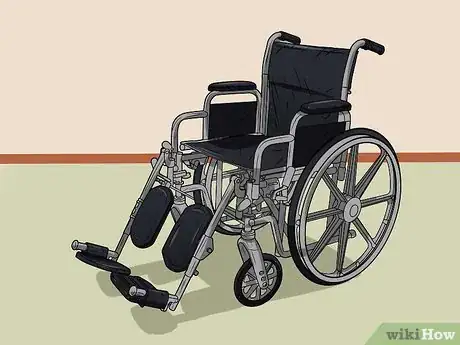
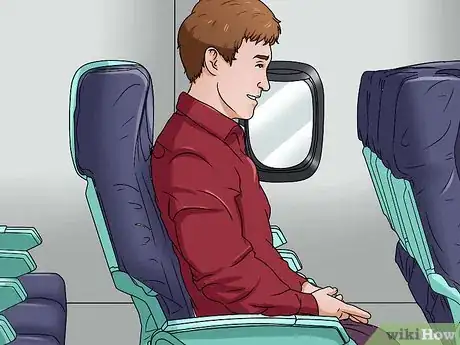

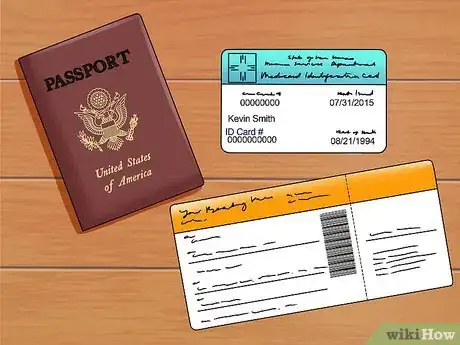
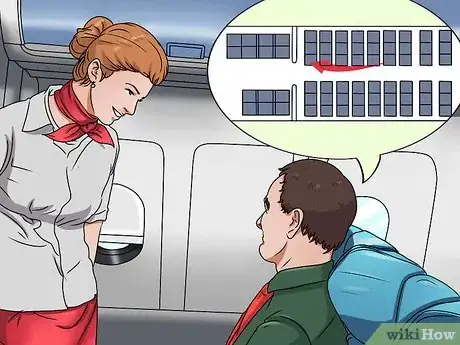
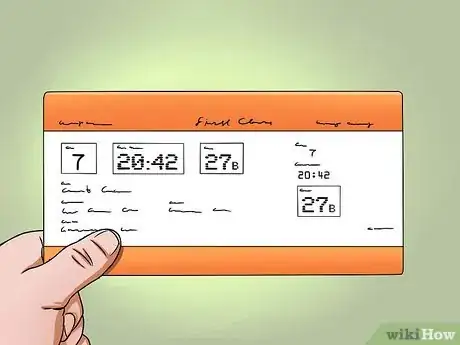
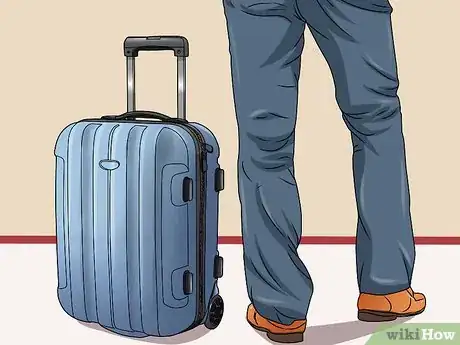



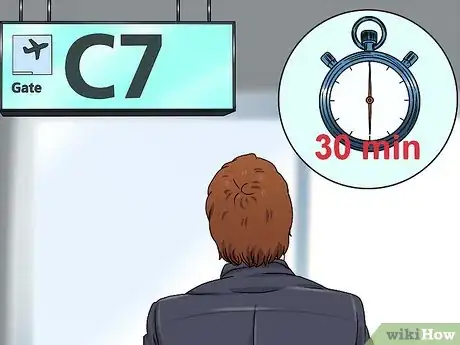

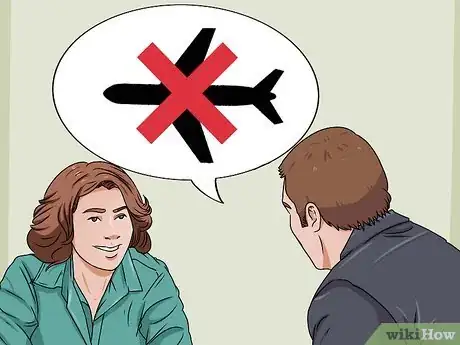


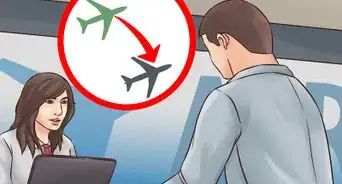







-Step-12.webp)
